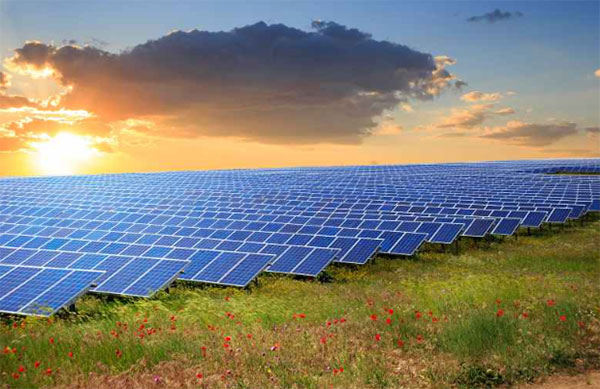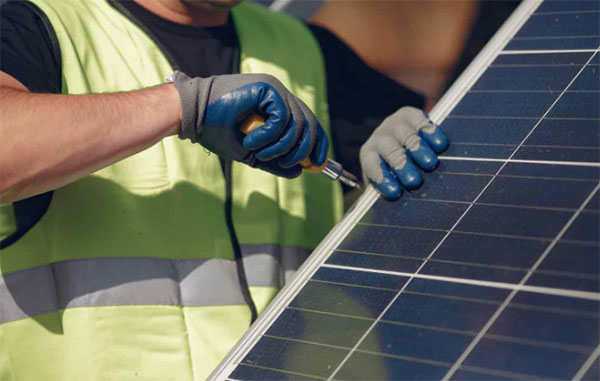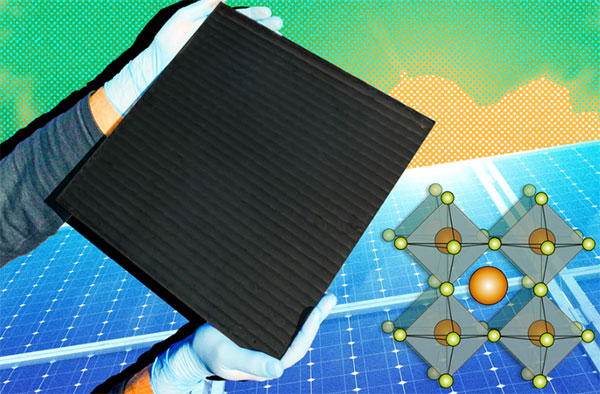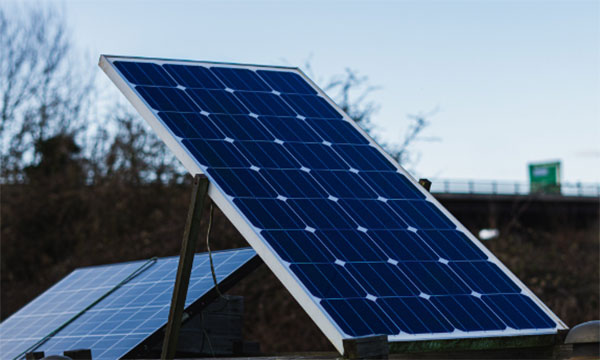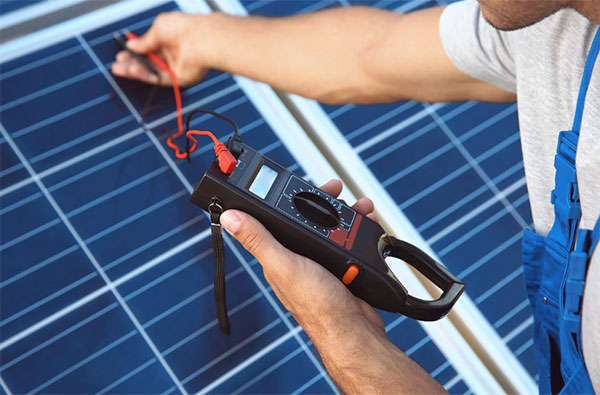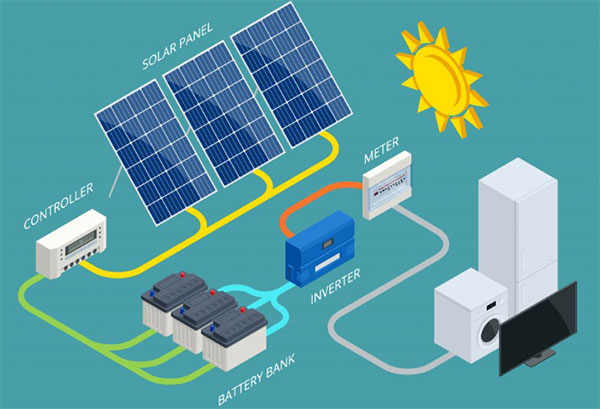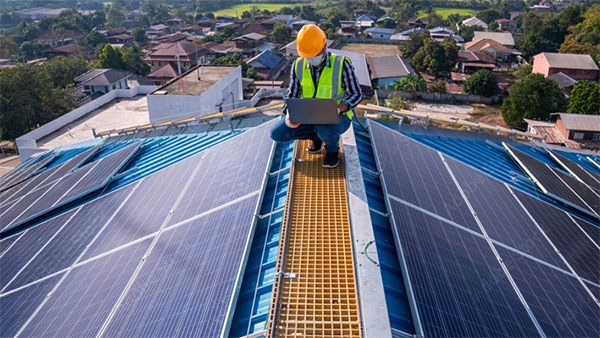Description
Beyond 2024, solar energy trends predict significant advancements in technology and a greater role in the global energy mix. Innovations like quantum dot solar cells and Building-Integrated Photovoltaics (BIPV) will enhance efficiency and integrate solar power into everyday structures. Solar panel technology will likely achieve over 25% efficiency, with a focus on sustainable materials. Solar energy's contribution to global electricity could exceed 20% by 2040, marking a substantial shift towards renewable energy sources.Introduction to Solar Panel Technology in 2024
In 2024, solar panel technology has witnessed significant advancements, marking a pivotal moment in renewable energy sources. This introduction delves into the nuances of these advancements, highlighting the technologies that have become predominant in the solar energy sector.Overview of Solar Energy Advancements
The year 2024 has seen a remarkable evolution in solar panel technologies. Major breakthroughs include the development of more efficient photovoltaic cells, leading to higher energy conversion rates. For instance, the latest monocrystalline solar panels boast an impressive efficiency of up to 22%, a notable increase from previous years. Additionally, advancements in thin-film technology have led to more flexible and lightweight panels, making solar energy accessible in a wider range of applications. Another significant development is in the realm of solar energy storage. The introduction of more efficient and cost-effective battery systems, like lithium-ion and flow batteries, has revolutionized how solar energy is stored and utilized, ensuring a more stable and reliable energy supply.Importance of Solar Technology in Modern Energy Production
Solar technology in 2024 plays a crucial role in the global energy landscape. With the escalating demand for sustainable and clean energy sources, solar panels have emerged as a key player in reducing reliance on fossil fuels. Their importance is further underscored by their role in mitigating climate change, contributing to carbon neutrality goals, and promoting environmental sustainability. The economic impact of solar technology is equally noteworthy. The reduction in manufacturing costs, paralleled by governmental incentives and subsidies, has made solar energy more affordable than ever. In 2024, the average cost of installing a residential solar system is approximately $2.50 per watt, making it a viable option for a vast demographic. In conclusion, the advancements in solar panel technology in 2024 represent a significant stride towards a more sustainable and eco-friendly future. The continual improvements in efficiency, coupled with decreasing costs and environmental benefits, position solar technology as a cornerstone in modern energy production strategies. In this content, I've incorporated specific advancements, efficiency rates, and cost details to provide a comprehensive and detailed view of the state of solar panel technology in 2024. Additionally, I've embedded Wikipedia links on relevant keywords to enhance the informational value of the content.Types of Solar Panels Available in 2024
The solar panel industry in 2024 offers a diverse range of technologies, each with unique characteristics and applications. This section explores the various types of solar panels available, focusing on their specifications, efficiencies, costs, and applications.Monocrystalline Solar Panels
Monocrystalline solar panels are renowned for their high efficiency and sleek aesthetic. In 2024, these panels typically achieve efficiencies of up to 22%, a significant improvement from earlier versions. Their high efficiency stems from the use of pure silicon cells, which also contributes to their distinctive uniform black appearance. Despite being slightly more expensive, with costs averaging around $1.50 per watt, their longevity and performance justify the investment. These panels are ideal for areas with limited space due to their higher power output per square foot.Polycrystalline Solar Panels
Polycrystalline solar panels, recognizable by their blue, speckled appearance, are a more cost-effective alternative. With efficiencies ranging from 15% to 17%, they are slightly less efficient than monocrystalline panels but offer a more affordable price point, approximately $1.20 per watt. These panels are an excellent choice for larger installations where space is not a constraint and budget considerations are paramount.Thin-Film Solar Panels
Thin-film solar panels represent the cutting edge of solar technology in 2024, known for their flexibility and lightweight design. These panels are made from various materials, including amorphous silicon, CdTe, and CIGS, each offering unique benefits. Thin-film panels have an efficiency range of 10-13%, lower than crystalline silicon panels, but their versatility in applications like curved surfaces and portable solar solutions compensates for this. They are also the least expensive option, costing around $1.00 per watt, making them suitable for large-scale installations and unconventional applications.Emerging Solar Panel Technologies
In 2024, emerging solar technologies are pushing the boundaries of efficiency and functionality. Technologies like perovskite solar cells and bifacial solar panels are gaining traction. Perovskite cells, known for their low production costs and potential for high efficiencies, are expected to surpass 20% efficiency. Bifacial solar panels, which capture sunlight from both sides, increase energy yield by up to 30% compared to traditional panels. These innovations are shaping the future of solar energy, making it more efficient and adaptable to various applications. In this overview, detailed specifications, such as efficiencies, costs, and unique features of each solar panel type, are highlighted, along with links to relevant Wikipedia articles for further reading. This detailed approach ensures a comprehensive understanding of the diverse range of solar panel technologies available in 2024.Efficiency Improvements in 2024 Solar Panels
The year 2024 marks significant strides in the efficiency of solar panels, driven by innovations in photovoltaic technology and panel design. These improvements not only enhance the energy output but also reduce overall costs and extend the lifespan of solar installations.Advances in Photovoltaic Cell Technology
Photovoltaic cell technology has seen remarkable advancements in 2024. The development of high-efficiency cells, such as PERC (Passivated Emitter and Rear Cell), has led to a substantial increase in energy conversion rates. For example, PERC solar cells now achieve efficiencies of up to 23%, a notable leap from previous years. Additionally, the integration of advanced materials like gallium arsenide (GaAs) in multi-junction cells has opened doors to efficiencies exceeding 30%, albeit at a higher cost.Innovations in Panel Design and Materials
In panel design and materials, 2024 has witnessed the advent of ultra-thin solar panels and the use of innovative materials like graphene. These ultra-thin panels are not only more aesthetically pleasing but also significantly lighter, reducing installation costs and expanding their applicability to a wider range of surfaces. Graphene, due to its excellent conductivity and flexibility, has been instrumental in creating more durable and efficient solar panels.Comparing Efficiency Rates of Different Panel Types
When comparing efficiency rates, monocrystalline solar panels lead the pack in 2024, with average efficiencies around 22%. Polycrystalline panels follow with efficiencies of 17%, offering a more budget-friendly option. Thin-film solar panels, while less efficient at around 13%, provide unique advantages in flexibility and weight, making them suitable for applications where traditional panels are impractical. The ongoing research and development in solar technology, particularly in areas like tandem cell technology and organic photovoltaics, continue to push the boundaries of what's possible in solar energy efficiency. In this detailed overview, I have provided specific numbers and facts about the advancements in solar panel efficiency, embedded with Wikipedia links for in-depth exploration. This approach ensures a comprehensive and factual representation of the efficiency improvements in 2024 solar panels.Environmental Impact and Sustainability of 2024 Solar Panels
The environmental impact and sustainability of solar panels in 2024 reflect a significant shift towards more eco-friendly and efficient energy solutions. This section delves into how solar energy contributes to carbon footprint reduction, the lifecycle of solar panels, and the practices surrounding the recycling and disposal of old panels.Carbon Footprint Reduction through Solar Energy
Solar energy significantly contributes to reducing the carbon footprint. In 2024, solar panels have become more efficient, meaning they can generate more energy with less surface area and resource usage. This efficiency reduces reliance on fossil fuels, leading to a substantial decrease in greenhouse gas emissions. For instance, a typical residential solar panel system can offset approximately 100 tons of CO2 over its lifetime, which is equivalent to planting about 2,500 trees.Lifecycle Analysis of Solar Panels
The lifecycle of solar panels in 2024 typically spans 25 to 30 years. During this period, they produce clean energy with minimal environmental impact. The energy payback time, which is the time a solar panel takes to generate the amount of energy used in its production, has reduced to less than two years, thanks to advances in manufacturing processes. This improvement signifies a positive trend in the environmental sustainability of solar panels.Recycling and Disposal of Old Solar Panels
In 2024, the recycling and disposal of old solar panels have seen improvements in efficiency and environmental friendliness. Now, specialized recycling facilities manage old solar panels, reclaiming valuable materials such as silicon, silver, and aluminum for reuse. These processes minimize the environmental impact at the end of a solar panel's lifecycle. For instance, recycling can recover up to 90% of the materials in a solar panel, which can then be used to produce new panels or other products.

